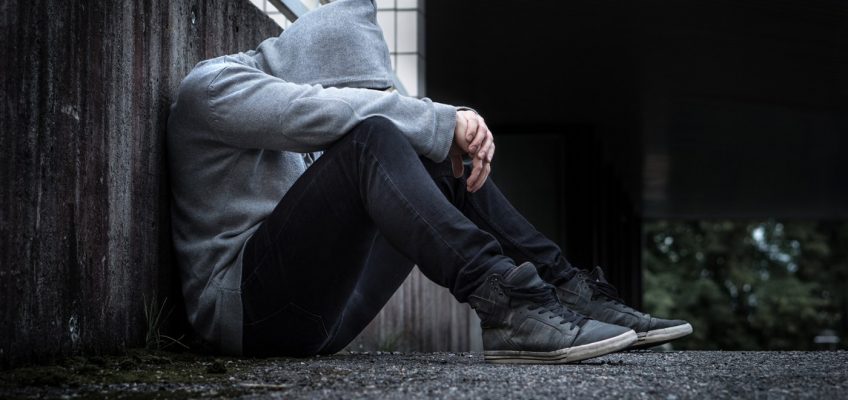Hunter Boyce | (TNS) The Atlanta Journal-Constitution
ATLANTA — Since ancient Greece, healers have prescribed art to aid those facing mental challenges. Today, the practice is a precisely honed craft used by credentialed professionals to help people suffering from PTSD, stress, depression and more.
So whether you want to pick up a paint brush or lace up some dancing shoes, art therapy is here to help. Here’s what you need to know to get started.
What are the kinds of art therapy?
Art therapy can take many forms, and the practice does not require much creative skill to work. The medium of art used in therapy will differ based on each patient’s needs.
“In art therapy sessions, your art therapist may encourage you to try different art media such as color pencils, paints, clay, and collage,” according to the American Art Therapy Association. “Sometimes non-traditional art materials (e.g. tree branches and leaves) are intentionally introduced to you in order to expand your creative expression. You may also explore different styles of expression, using doodling, abstract designs, and contour drawing. Art therapists are trained to facilitate a type of art making for your specific needs.”
Will art therapy work for you?
Research reviewers Heather Stuckey, D.Ed., and Jeremy Nobel, M.D., M.P.H., concluded in their study that art therapy “complements the biomedical view by focusing on not only sickness and symptoms themselves but the holistic nature of the person.”
Through that practice, art therapy is used to aid a wide range of patients, including those suffering from cancer and military veterans with PTSD.
Anyone dealing with mental challenges, such as stress, can potentially benefit — particularly health care workers.
Researchers with the Colorado Resiliency Arts Lab spent three years completing six cohort studies on the efficacy of art therapy with health care workers. Participants were randomly assigned to one of four groups: art, music, dance/movement and writing.
They then engaged in 90-minute sessions of creative activity as the researchers measured their levels of anxiety, depression, burnout, PTSD and job satisfaction.
“The results were eye-opening,” University of Colorado professor of medicine Marc Moss and CORAL program manager Rafaela Mantelli told the Conversation. “Study participants experienced less burnout and expressed a lower desire to leave their jobs. Burnout scores for anxiety, depression, PTSD and emotional exhaustion decreased by 28%, 36%, 26% and 12%, respectively, in the participants receiving the creative arts therapy intervention. These improvements remained up to one year after the conclusion of the program.”
How do I start art therapy?
The American Art Therapy Association’s health care professional locator features a dozen Georgia art therapists, including several in the Atlanta area. Visit arttherapy.org/art-therapist-locator/ to find one near you.
———


Leave a Reply